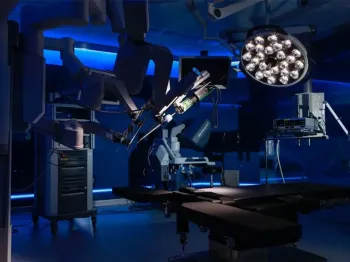
Laparoscopic colon surgery is a minimally invasive surgical method used in the treatment of colon (large intestine) diseases. This method uses a laparoscope and other fine surgical instruments by making small incisions instead of traditional open surgery.
The laparoscope is a telescopic camera system and is shaped like a thin, long tube. The laparoscope has a camera at the tip and is used on surgical screens to view the inside of the colon in detail. Other surgical instruments are inserted into the abdomen through other small incisions and surgical interventions are performed.
Laparoscopic colon surgery offers many advantages over traditional open surgery:
Smaller incisions: The incisions made for laparoscopic surgery are smaller than for conventional surgery. In this way, less tissue damage occurs in patients and more aesthetically pleasing results are obtained.
Less pain: Patients usually have less postoperative pain because of the small incisions.
Less blood loss: Laparoscopic surgery offers less chance of bleeding.
Faster healing process: Due to less tissue damage and smaller incisions, patients usually recover faster and can return to their normal activities more quickly.
Short hospital stay: Laparoscopic surgery generally shortens hospital stays and speeds up patients' return home.
Laparoscopic colon surgery is used to treat a variety of colon-related diseases such as colon cancer, colon polyps, diverticulitis, ulcerative colitis, and Crohn's disease. However, the decision should be made based on the surgeon's assessment and the patient's condition to determine an appropriate surgical method for each patient.